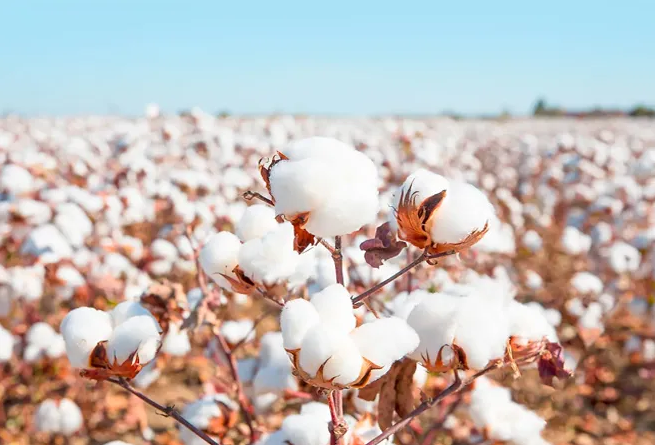Bangladesh and Vietnam to dominate cotton consumption

Bangladesh and Vietnam are poised to become global leaders in cotton consumption and trade over the next decade, indicates OECD-FAO Agricultural Outlook 2024-2033. Their competitive labor costs and production efficiencies are expected to drive significant growth in their textile and apparel sectors.
Global cotton trade is projected to increase by 2.1 per cent annually, reaching 12.4 million tonnes by 2033. Bangladesh and Vietnam will be major contributors to this growth, relying heavily on imports to fuel their expanding textile industries. Bangladesh's cotton consumption is set to triple, from 1.71 million tonnes in 2023 to 2.42 million tonnes by 2033, making it the world's second-largest cotton importer after China.
While China remains the dominant player in cotton processing, India is expected to experience a 1.5 per cent annual growth in consumption. Globally, cotton production is projected to rise by 17 per cent to 29 million tonnes by 2033, with India, the US, and Brazil leading the increase.
However, the textile industry is increasingly shifting towards synthetic fibers, which offer advantages like durability and cost-effectiveness. As a result, cotton's share of the global fiber market has declined to 21.8 per cent. Despite this, Bangladesh's reliance on cotton for its garment exports, which account for 75 per cent of its total exports, ensures its continued importance in the cotton market.
Bangladesh's strategic location, government support, and increased investments in spinning capacity are solidifying its position as a global textile powerhouse. The country's economic growth and development are closely tied to its success in the cotton sector.
